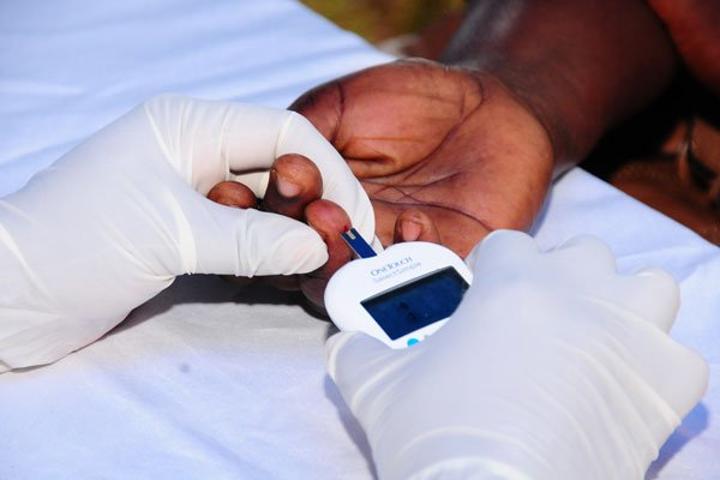Africa-Press – Uganda. The Health ministry has registered a significant reduction in the mother-to-child HIV/Aids transmission, a new report released yesterday in Kampala reveals.
The report titled: “An impact Evaluation Study of Programmes For the Prevention of Mother-to-Child Transmission (PMTCT), was as a result of studies on antenatal clinic attendance, HIV/Aids testing and uptake of HIV/Aids treatment during pregnancy and after delivery.
The impact evaluation study of mother-to-child HIV transmission in the country was aimed at estimating mother-to-child transmission, new infection rates while breastfeeding, as well as mortality rate for exposed and unexposed infants.
While releasing the report, Health minister Jane Ruth Aceng said the findings confirmed that the risk of mother-to-child HIV/Aids transmission had significantly reduced over the past 20 years.
“The impact evaluation has confirmed Uganda’s progress towards virtual elimination of vertical HIV/Aids infections with a final mother-to-child rate of 2.88 percent,” she said at the ministry headquarters.
According to the ministry, the mother-to-child HIV/Aids transmission rates dropped from 30 percent in 2002 to 2.1 percent at the end of the impact evaluation study in 2019.
“This reduction is attributed to several factors, including the use of Nevirapine Prophylaxis, an antiretroviral drug given to HIV/Aids exposed infants to prevent mother-to-child transmission, with only 1.4 percent of the infants born to positive mothers still contracting the virus,” the report reads.
During the study period, 49 out of the 12,218 infants enrolled for participation died after birth due to exposure to HIV/Aids during pregnancy.
The findings also indicate that it is possible to breastfeed a new born child without passing on the virus to them if the mother has a suppressed HIV viral load.
The findings, however, also indicate that risk of transmission is still a challenge during pregnancy and breastfeeding, especially among mothers with an unsuppressed viral load.
The 18 months follow-up study that was concluded in July 2019, also reveals that antennal care was vital in preventing mother-to-child transmission of the virus, as well as a reduction in new infections.
For More News And Analysis About Uganda Follow Africa-Press






